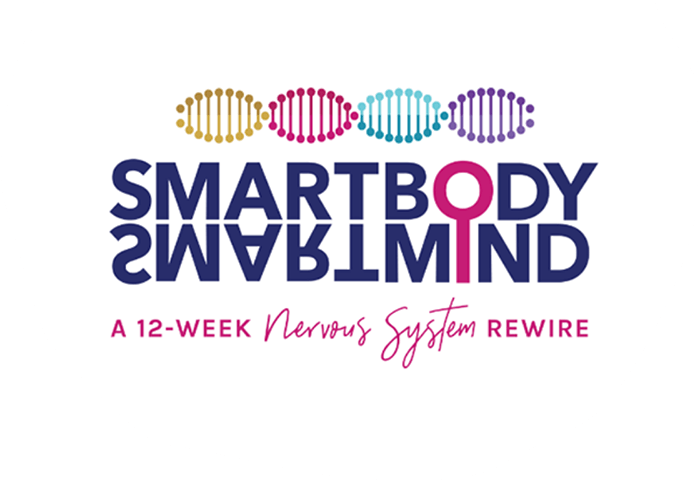This section addresses the following questions:
- I just felt exhausted thinking of trying to tap into anger. I have noticed a desire to be silent, no words and few sounds. They just kind of disappear since yesterday’s lesson with voo. Do you think it is just because of energy required to process anger, or something deeper since I feel a strong need to be silent?
- Anyway, this exercise helped me to release some of the anger, but then I just cried after. Do you think I will still need to release some anger? I don’t know why I cried. I tend to cry all the time lately, and this felt like a sadness for what I experienced.
- I had tears when thinking of the person I have anger towards (husband — separated from ten months ago). Should I have another go at this exercise? Will I find myself able to do this without tears one day?
- In the video, when Irene says to picture someone you are angry with to do the voo-ahh, she says don’t do it if you have other emotions, also like sadness, grief, etc. Why is that? What will happen if you do it while having other feelings?
- Could it be that the VOO-AHHH is what my body is attempting to do, be aggressive rather than just attempting to self protect in a child’s submissive manner?
Most of us who have survived trauma will have a lot of resistance or difficulty when it comes to expressing anger and aggression. This is normal! We usually only saw one of two models (or both!) when it comes to this: repression and depression, or explosive rage and violence, neither of which are healthy. But it’s very common to go towards the repression/depression route, because it feels safer. If you have a lot of resistance to doing this, or if you feel exhausted just at the thought of it, please know that this is why. If you have complex trauma and autoimmune issues in the picture, it may also be that your system literally doesn’t have the energy to start moving anger yet, even in a healthy way.
In either case, you can start by just playing with the sounds and movement, without thinking about anger or who you’re angry at, etc. Just make it about the sound and movement, and that’s all. Try doing a little bit by starting softly, or by not using up all the breath with the sound.
When we do manage to do this, and actually get some anger moving in a healthy way, often for the first time ever, it is very normal for grief to surface on the heels of this, or even in the middle of the exercise. If this happens in the middle of your exploration, then try your best to lean towards staying connected to the anger and aggression, and then allow yourself to feel and express the grief and sadness afterwards, if it’s still there. It’s normal for anger and grief to be layered like an onion, and that’s okay, it’s just that in the middle of the exploration, we want to reinforce our ability to stay connected to the anger, as grief, sadness and freeze are usually what have been keeping that anger suppressed.
It is actually not a good idea to start this exercise at all if you are already feeling overwhelmed with grief and sadness, because even though those emotions are part of what is suppressing the anger, we don’t want to override them and totally fake it. There needs to be at least a spark of some aggression, or at least an absence of overwhelming sadness there to get things going.
One more really important point. Most of us have WAY more anger inside of us than we may realize. Doing this once, or even ten times in a go, is not going to get it ALL out. It takes time and practice, and the other Healthy Aggression tools as well. We need to slowly build our capacity to move the energy of aggression and anger out, usually over a time span of months or years.
